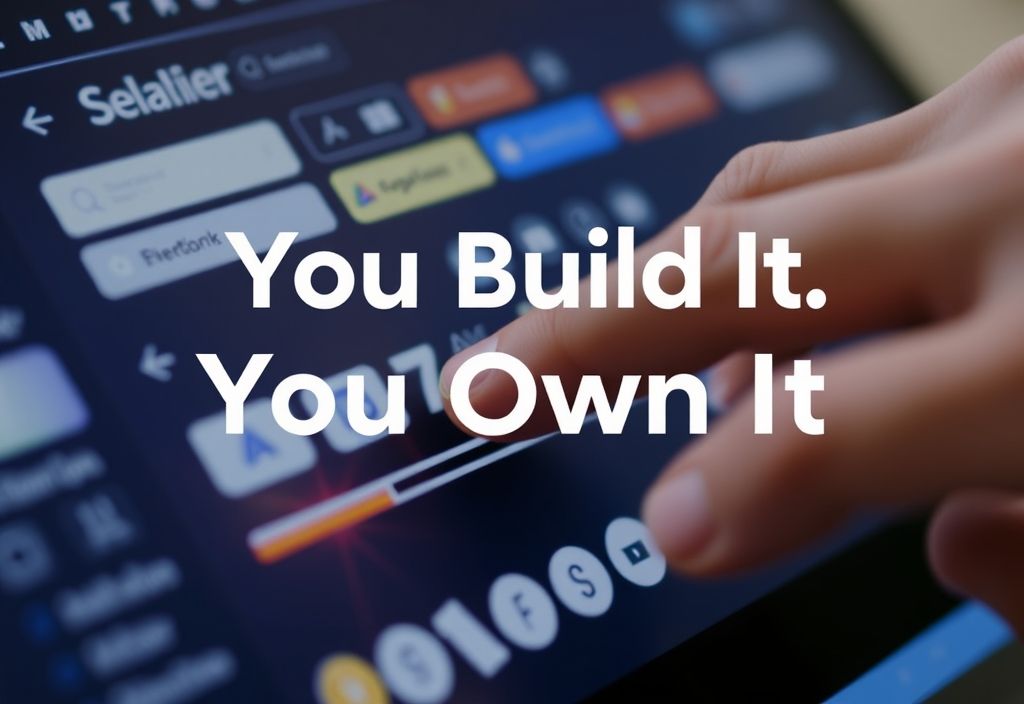Introduction
Every startup begins with a spark—an idea rooted in solving a real-world problem. But transforming that idea into a minimum viable product (MVP) requires more than vision; it demands strategic development planning, access to the right technologies, and an understanding of what customers actually need. In today’s digital economy, startups and SMBs must move quickly and efficiently to create applications, websites, or platforms that solve problems and scale sustainably.
The rise of hybrid work, AI integration, and new consumer expectations—outlined in the article 5 Key Business Trends Every Entrepreneur Should Watch in 2025 —are raising the bar on what makes a product launch-worthy.
Whether you’re a first-time builder or an experienced entrepreneur, this guide walks you through the core stages of turning a rough concept into a refined MVP.
1. Define the Problem and Audience
Before writing a line of code, define the problem you’re solving, who it affects, and how your platform will deliver value. Understanding your audience is step one in any builder’s journey—especially if you’re enrolling in an app development course or software development program designed to teach strategy alongside execution.
2. Validate with Research and Prototypes
Don’t guess—test. Use surveys, mockups, and early interviews to gather insight. A no-code alternative is perfect for spinning up quick prototypes, while more advanced custom software development can follow after validation.

3. Map Features for Your MVP
Your MVP shouldn’t try to be everything. Identify the core features and build only what’s essential to solve your user’s primary pain point. For help streamlining your roadmap, refer to 10 Proven Strategies to Boost Your Online Presence in 2024—especially the sections on targeting with purpose.
And if your MVP includes a web app, you’ll want a solid foundation in digital visibility like the tactics shared in Social Media Mastery: Building a Strong Online Presence.
4. Choose the Right Tech Stack
Your tech stack should reflect your budget, growth plan, and hiring potential. SMBs might benefit from visual builders, while fast-scaling startups may need more custom infrastructure. For a macro view on tools and trends, revisit 5 Key Business Trends Every Entrepreneur Should Watch in 2025.
5. Assemble Your Team or Partner with Experts
Whether you’re hiring developers or working solo, you’ll move faster with guidance. Need design input, bug fixing, or launch advice? Consider finding a consulting partner to reduce friction and avoid pitfalls. Or plug into a community or structured software development program to stay accountable.
6. Design and Build the MVP
This is where it gets real. Use a no-code app builder to accelerate build time or start writing code from scratch. For long-term success, your development process should also include scalable architecture and data-driven design from day one.
7. Test, Learn, and Iterate
Ship your MVP to a select user base and collect feedback quickly. The more real-world data you can gather, the stronger your product becomes. Building a platform that resonates depends on how clearly your UX, branding, and copy communicate the product’s value.
8. Prepare for Launch and Scale
Once your MVP is polished, you’re ready to launch. That means prepping marketing assets, sales decks, and onboarding workflows. Keep your eye on growth opportunities by identifying what’s working and doubling down.
Conclusion
Building an MVP is about more than writing code. It’s about building smart, listening to users, and aligning the product with actual business goals. Whether you’re exploring startup app development, launching a business app builder, or breaking into the SaaS space, it all starts with a plan.
And if you’re ready to invest in small business success, now is the time to do it—before your idea is yesterday’s missed opportunity.




